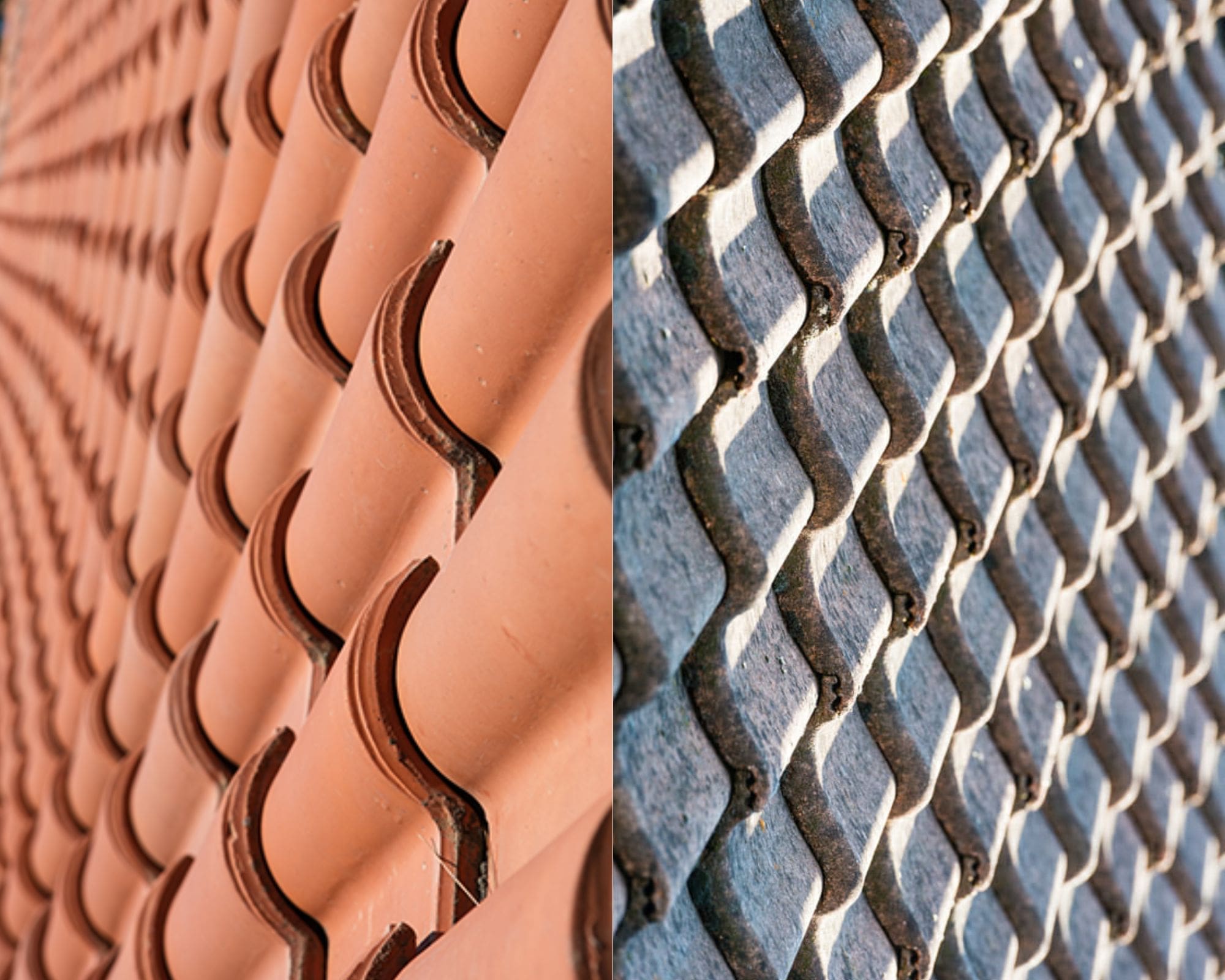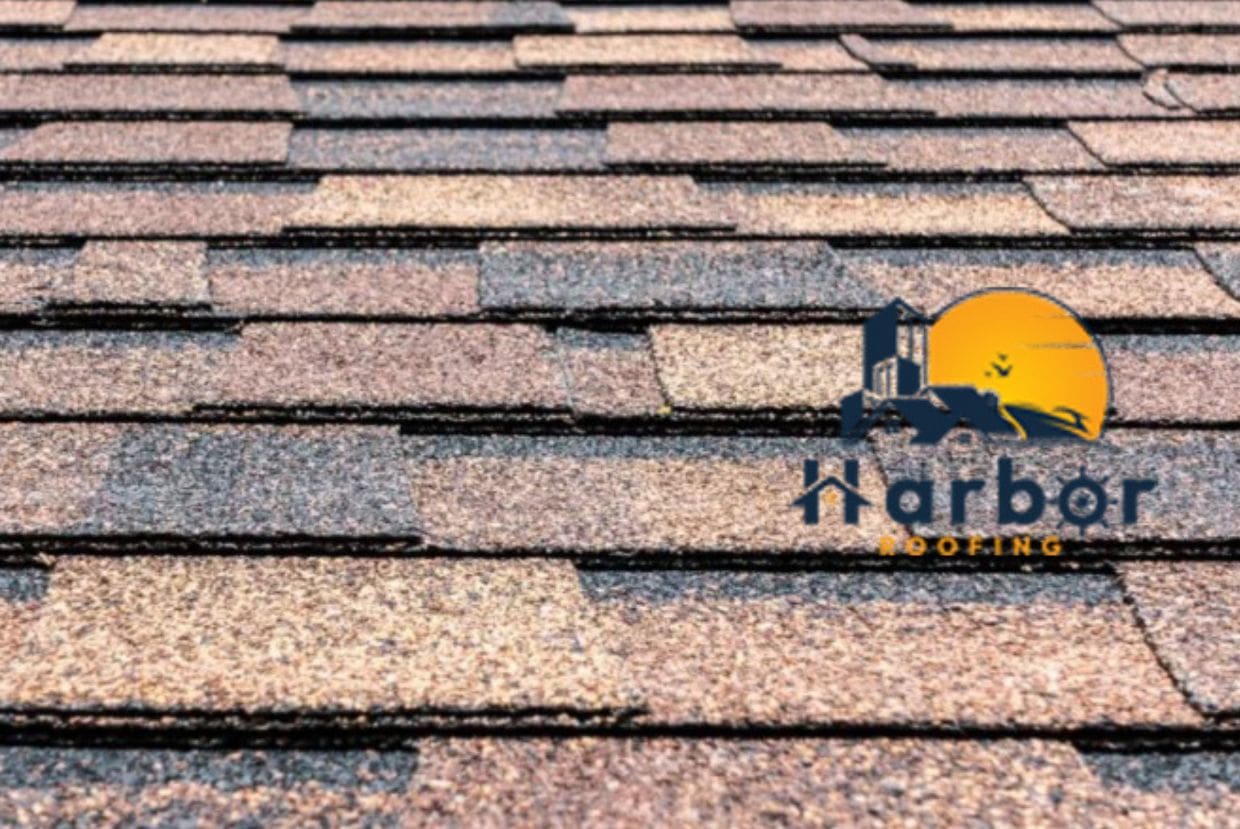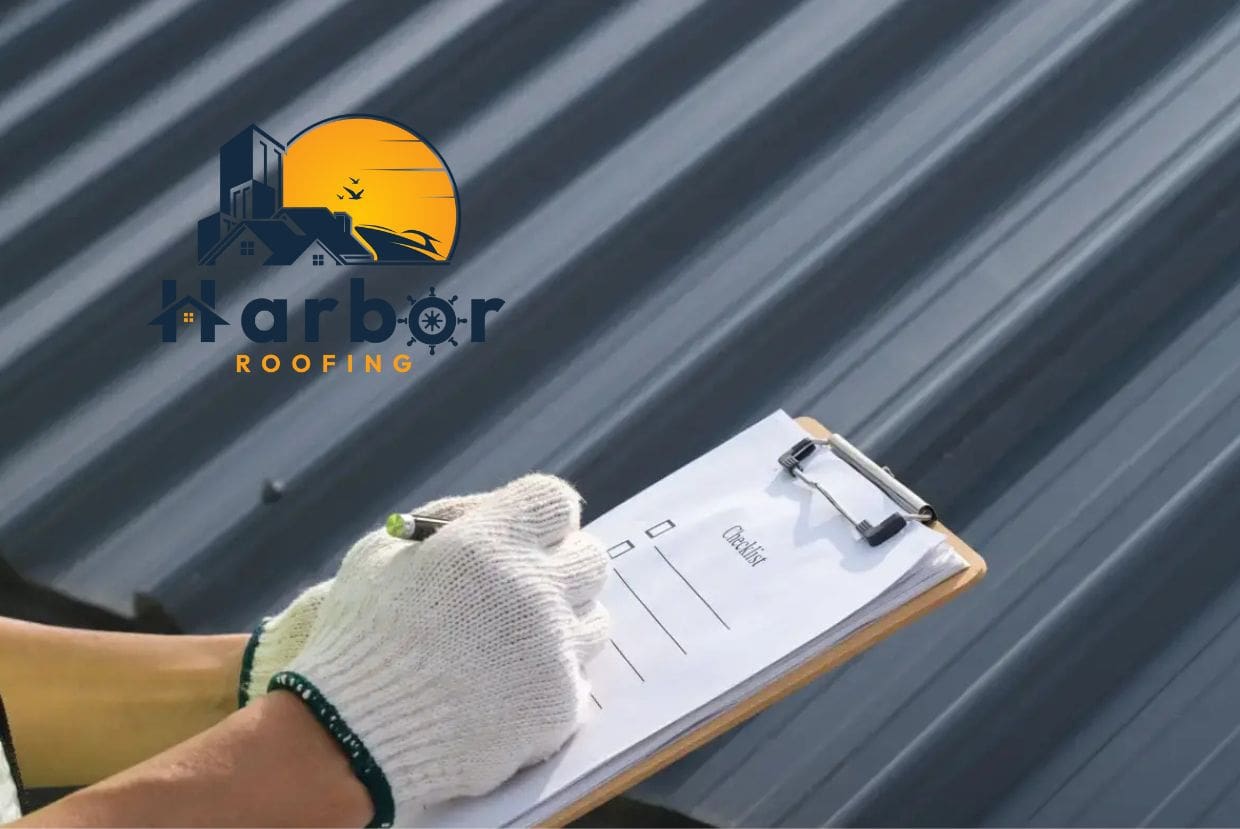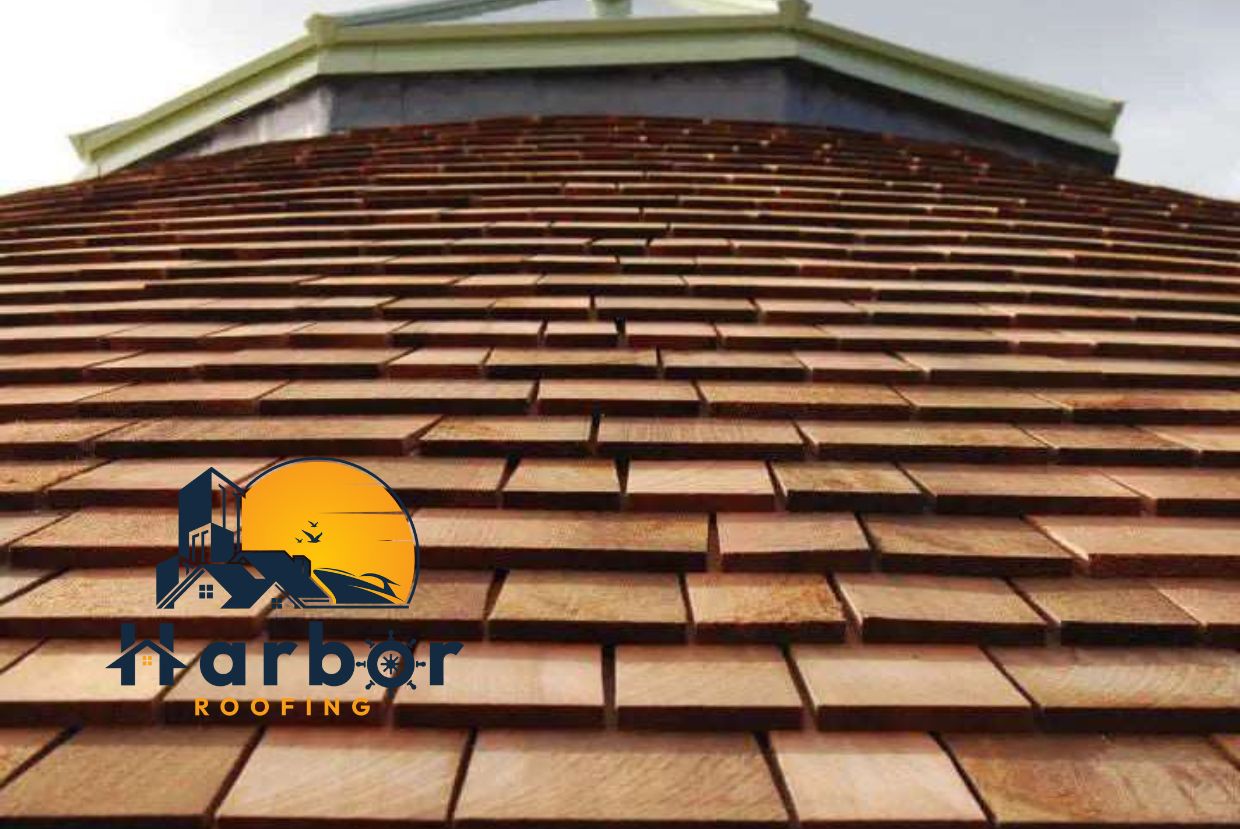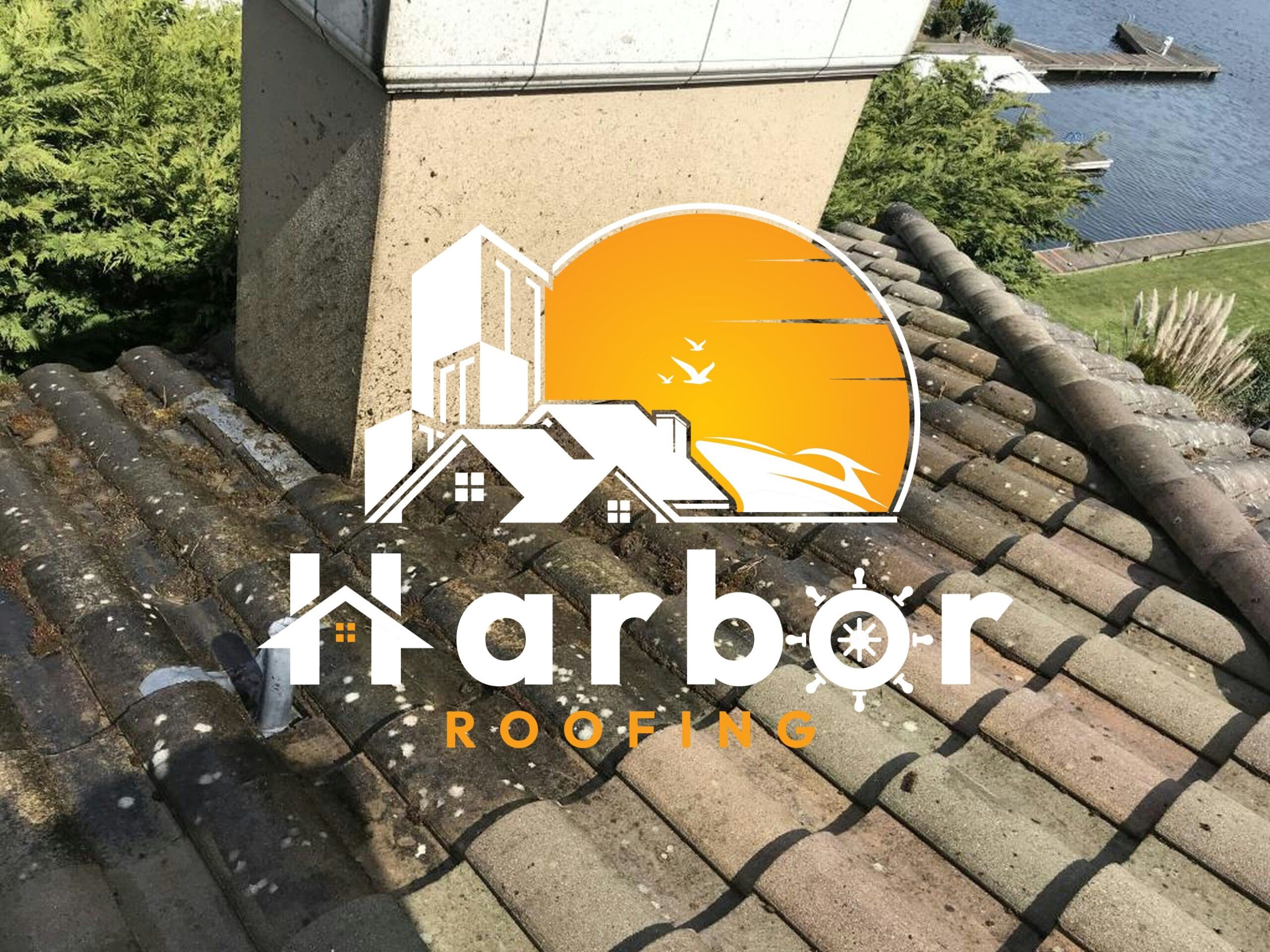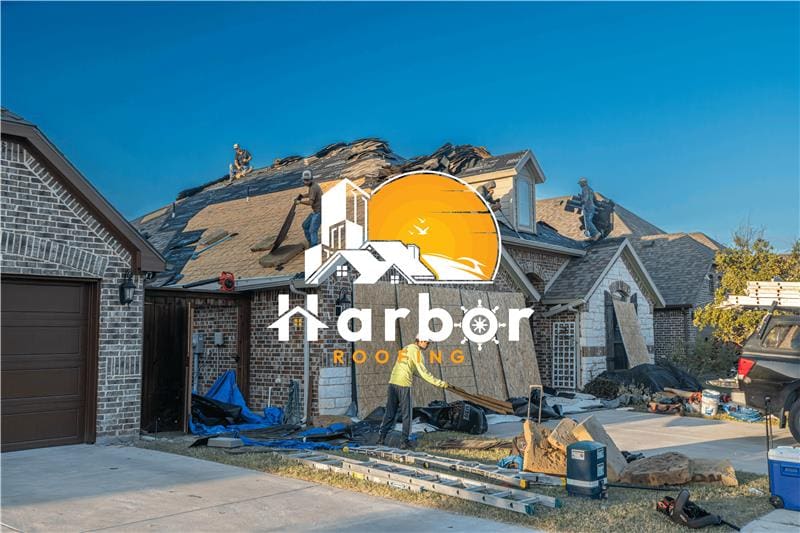People who are fans of Southwest and Mediterranean buildings find clay and concrete roof tiles very attractive. However, choosing between the two can be a tough decision to make. Both types have their own distinct style, improve the aesthetics of your home, and increase its value. However, they also have pros and cons, which you will learn about shortly.
That’s why you need to keep reading if you are thinking about roofs and can’t decide between clay tiles and concrete tiles.
What Is Clay Roof Tile?
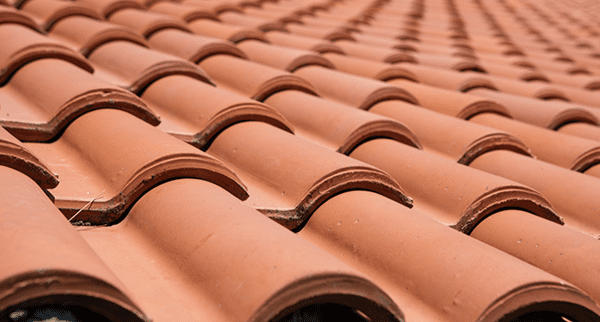
Clay roofing has existed since the dawn of human civilization. People believe their usage originated in China and the Middle East before swiftly expanding to Europe and other regions.
Clay roof tiles are primarily made of natural clay, molded at high temperatures to form tiles. The density and durability of the clay roof tiles depend on how long they are heated. The high temperature helps to maintain the color of the tiles, which does not fade. The tiles come in various shapes, sizes, and colors: white, yellow, orange, and brown.
Although clay roof tiles are the most durable and environmentally friendly roofing option, they also have their shortcomings.
Advantages of Clay Roof Tiles
- Durability: Clay is a substance that is already strong. But after the manufacturers make them into tiles, they become much more durable, extending their lifespan to 100 years.
- Heat absorbance: Clay roofing tiles are excellent heat-absorbing materials that do not conduct heat. Because they will prevent a large portion of the heat from the sun from entering your home, they are an excellent option for roofing material.
- Reusability: These tiles are recyclable. You can crush clay and reuse it to make new tiles or apply it to other surfaces, including baseball fields, tennis courts, and roadways.
- Fire resistance: They will not burn and have a Class A fire rating, shielding your home from outside damage.
- Low maintenance: Clay roofing tiles last long because of their strength and durability, which also means they require less maintenance. Compared to other types of roof tiles, clay roofing tiles actually require a lot less upkeep.
- Provides variety: Clay tiles come in various forms and hues, so they may complement most architectural styles, including colonial, Spanish, rustic, log, and Victorian homes.
Disadvantages of Clay Roof Tiles
- Not easy to install: Installing clay tiles differs from other roofing material installations. This means that you need experts with prior experience installing clay roofing tiles to provide the best possible outcomes.
- Heavyweight: Compared to other roofing tile types, clay roofing tiles have a higher weight. That’s why you shouldn’t put them on roofs with a pitch of less than 4/12. If you didn’t design your home to hold the additional weight, you may need to add extra support for the roof framing.
- Low-pressure resistance: Because they are fragile and prone to breaking, experts generally do not recommend walking on clay roofing tiles. Moreover, they may be vulnerable to harm from strong winds.
- Cannot be painted: You cannot paint your clay tiles. The colors you can choose from are limited to natural clay hues.
- Expensive: Clay tiles have a lovely look, but they can cost more than many other roofing materials.
What Is Concrete Roof Tile?

Manufacturers combine the necessary amounts of sand, cement, and water to create concrete tiles, which they subsequently form under intense heat and pressure. The concrete tiles’ completed surface can be left natural or painted. Concrete tiles come in several varieties, including large curves, tiny curves, and flat concrete tiles.
Advantages of Concrete Roof Tiles
- Sturdiness: Concrete tiles, one of the toughest roofing materials, are waterproof and fireproof, with a lifespan of up to 50 years. They can tolerate gusts of up to 200 mph and manufacturers test them to guarantee impact resistance.
- Resistance to adverse weather conditions: Bad weather has an effect on a variety of roofing materials, and concrete roof tiles are not excluded. Concrete roofs, however, are more resilient to various bad weather conditions. They stay sealed and resistant to debris, even after enduring substantial amounts of rain and snow.
- Ability to mold: This type of roof tile comes in various shapes and designs. It is even possible to mold them to resemble slate, asphalt, or wood shingles.
- Ability to be painted:You can apply any color to concrete roofing tiles, and you can repaint them several times. Because of this, they are a simple alternative to consider while planning and embellishing a building’s roof.
Disadvantages of Concrete Roof Tiles
- Color fade: If the tile has surface paint, the color may fade. Usually, this is not a problem if you apply the color to the concrete while producing it. However, if you need to repair are them in the future, this could pose a problem because it will be challenging to match the earlier tiles.
- Challenging to install: You need experts with knowledge of either clay or concrete roof tiles for installation. To guarantee that leaks are prevented and to have the best-looking roof possible, there are layout standards that must be met. If not carried out by a qualified expert, the concrete roofing could break during installation.
- Heavyweight: Concrete has a very high density. So you have to design a roof structure that can sustain 500–720 pounds per square for it.
- Susceptible to efflorescence: If the contractor doesn’t seal concrete tiles properly, efflorescence may occur. You can remove or avoid the chalky appearance by sealing the tiles.
- Brittleness: Despite its extreme strength, concrete can become brittle if someone walks improperly on it during construction or maintenance.
Clay Vs. Concrete Roof Tiles: Which One Is Better?
Now that we’ve described both tiles and know the benefits and disadvantages of each, let’s do a side-by-side comparison to determine which roof tile is superior.
Moisture Absorption
Compared to clay roof tiles, concrete roof tiles absorb more water. The absorption makes them wet and increases the weight on the roof. Clay roof tiles, on the other hand, resist all these problems since they retain less water.
Weight
Concrete tiles weigh around 40% more than clay tiles. Ensure your house can support the additional weight before selecting a concrete roof. For the weight of the concrete tiles to be supported, the roof structure could require reinforcement.
Upkeep
Because concrete tiles absorb more water, they are more challenging to maintain. The absorption also has an impact on the quality of the tiles. Clay roof tiles, on the other hand, are easier to maintain and come without any of these problems.
Susceptibility to cracks
Clay tiles are more common in warmer climates because of their susceptibility to shattering or cracking in colder or thawing environments. Concrete tiles, on the other hand, are pretty resilient at lower temperatures. Concrete tile is safe to use in practically every environment due to its resistance to the elements.
Durability
Compared to concrete roof tiles, clay roof tiles are more resilient. While concrete roof tiles only last 50 years, clay roof tiles survive more than 100 years. Over time, clay roof tiles have become the most cost-effective.
Visual Appeal
A critical aspect of your home’s appeal is its roof. Concrete tiles are the best alternative if you want additional color possibilities for your roof. Manufacturers can produce concrete tiles in a broader range of shapes and colors than clay tiles. When selecting a roof, concrete might offer you the diversity you desire, depending on the color and style of your house.
Long-Term Visual Appeal
Because of their excellent porosity, which allows stains to seep through, concrete tiles vary significantly in appearance with time. Extreme environmental conditions are also the cause of the artificial color fading of these tiles.
On the other hand, clay tiles preserve their natural color for a lot longer. Because of this, although clay tiles have fewer design options, their natural coloration prolongs the appearance of contemporary roofing materials.
Conclusion
Now that you’ve seen the side-by-side comparison, it is evident that both clay and concrete roof tiles share similarities and differences. Your budget and long-term goals as a homeowner will influence your decision on which roofing tile to use. And when you decide, remember to go for a reliable manufacturer.
With all that we have shared, which of these tiles do you think is better, clay or concrete?
Frequently Asked Questions
How much does it cost to install a clay tile roof?
The average cost of a clay tile roof is between $10 and $18 per square foot. This equates to $1,000 to $1,800 per hundred square feet, or per square. The range for a 2500 square foot house with a 6/12 pitch roof is $18,000 to $32,000. Bear in mind that this might not include the extra framework required for holding up a new roof.
How much does it cost to install a concrete tile roof?
Depending on labor and material costs in the area, installing a concrete tile roof will cost between $300 and $500 per square foot. The materials and labor to update your roof structure to support the additional weight of concrete may not be included.

